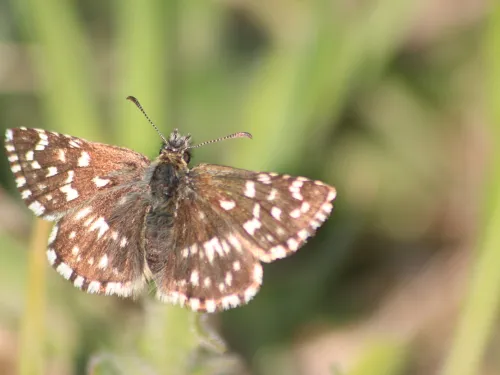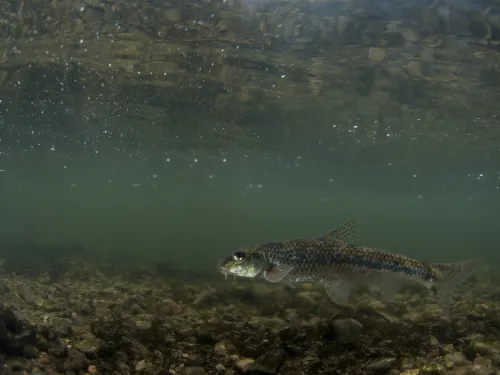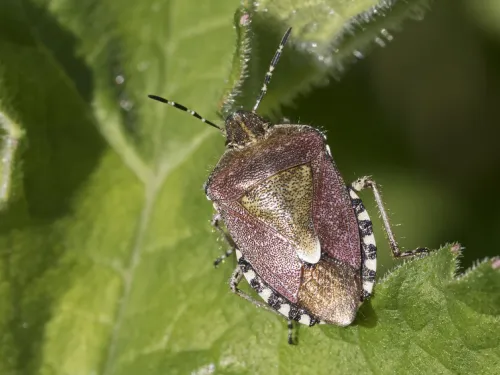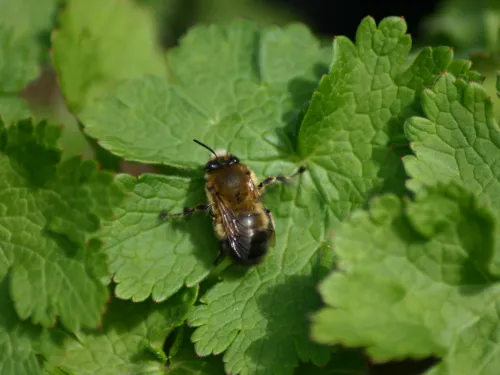
Grizzled skipper
The grizzled skipper has a striking brown-and-white checked wing pattern. It is a fast flier, so is best observed in the morning as it basks in the sun to warm up. It favours chalk grassland and woodland habitats.
Want to learn more about wildlife near you? You're in the right place, search below and discover the nature you can help protect in Kent.

The grizzled skipper has a striking brown-and-white checked wing pattern. It is a fast flier, so is best observed in the morning as it basks in the sun to warm up. It favours chalk grassland and woodland habitats.
Ground-elder was likely introduced into the UK by the Romans and has since become naturalised. A medium-sized umbellifer, it is an invasive weed of shady places, gardens and roadsides.
Despite its name, Ground-ivy is actually a member of the dead-nettle family. It is a clump-forming, aromatic plant that likes woodlands, hedgerows and damp places.
Groundsel is a 'weed' of cultivated and disturbed ground like field edges, roadside verges and waste ground. It has clusters of yellow flowers that turn fluffy and white as the plant seeds.

The gudgeon is a bottom-dwelling fish, similar to the stone loach, but with only two whisker-like barbels near its mouth. These sensory organs help it to find its prey in the sand and gravel of the riverbed.
The guelder-rose is a small tree of hedgerows, woods, scrub and wetlands. It displays large, white flowers in summer and red berries in autumn, which feed all kinds of birds, including Bullfinches.
This grass-green seaweed is sometimes known as Grass Kelp and grows on pretty much every shore in the UK.
Hairy bitter-cress is an edible weed of rocky places, walls, gardens and cultivated ground. Gathering wild food can be fun, but it's best to do it with an expert - come along to a Wildlife Trust event to try it.

The UK's smallest hawker, the Hairy dragonfly is mostly black in colour, but has a distinctively hairy thorax. It can be found in grazing marshes and flooded gravel pits, and along canals from spring.

This large shieldbug lives up to its name, bristling with long pale hairs. It's a common sight in parks, hedgerows and woodland edges in much of the UK.
Living up to its name, the hairy violet is covered in fine hairs. Look for its delicate, violet flowers blooming from March to June on chalk grasslands, in particular.

The hairy-footed flower bee can be seen in gardens and parks in spring and summer, visiting tubular flowers like red dead-nettle and comfrey. As its name suggests, it has long, orange hairs on its middle legs.